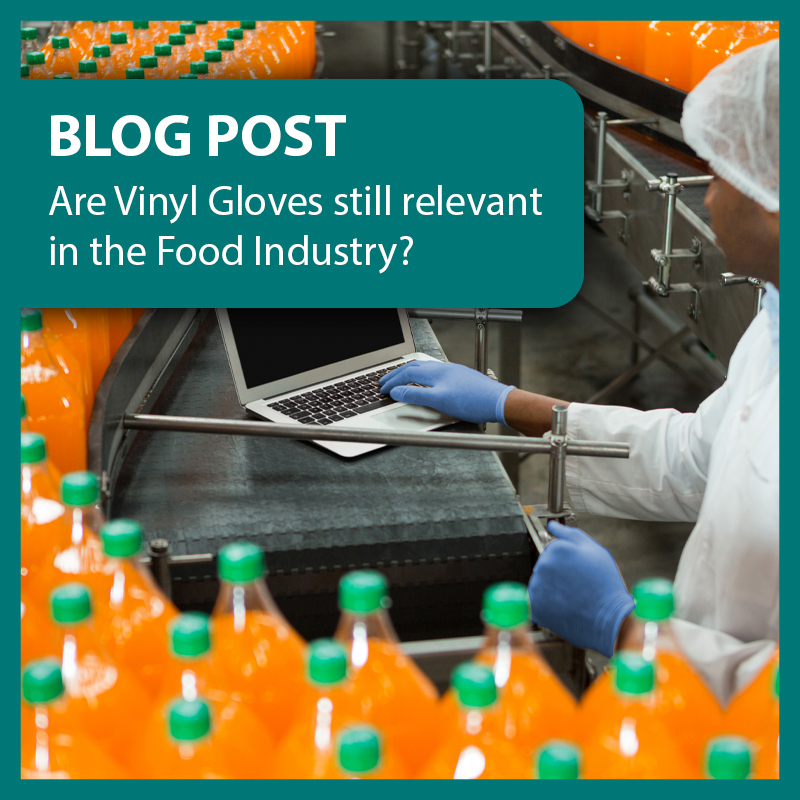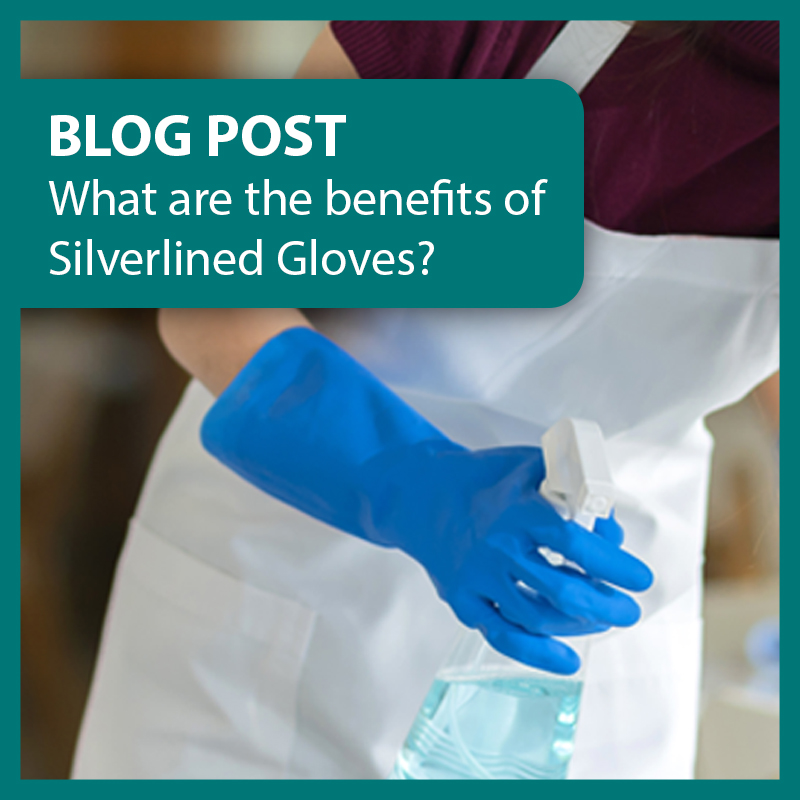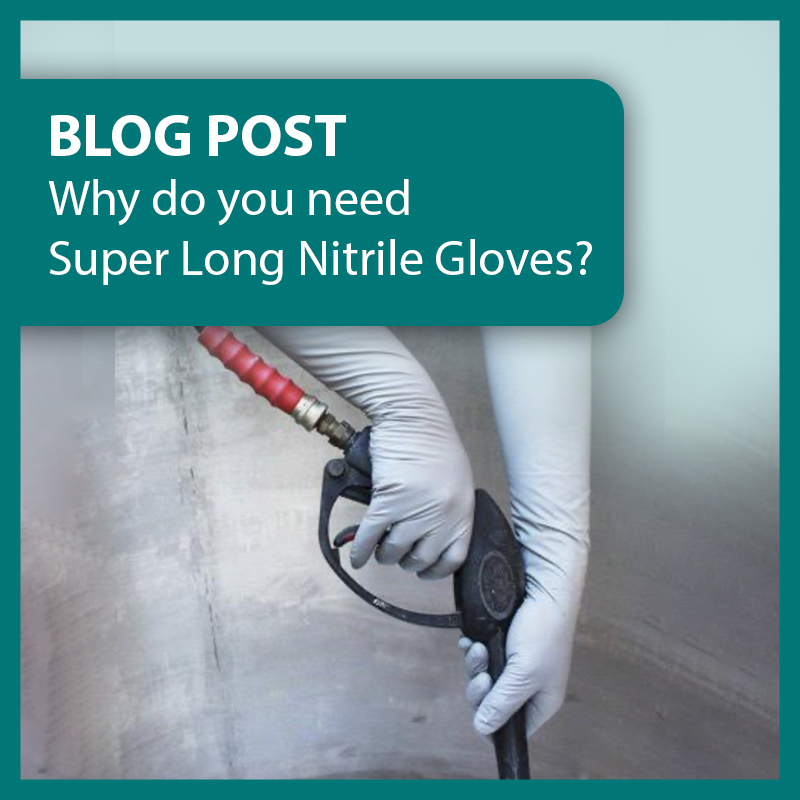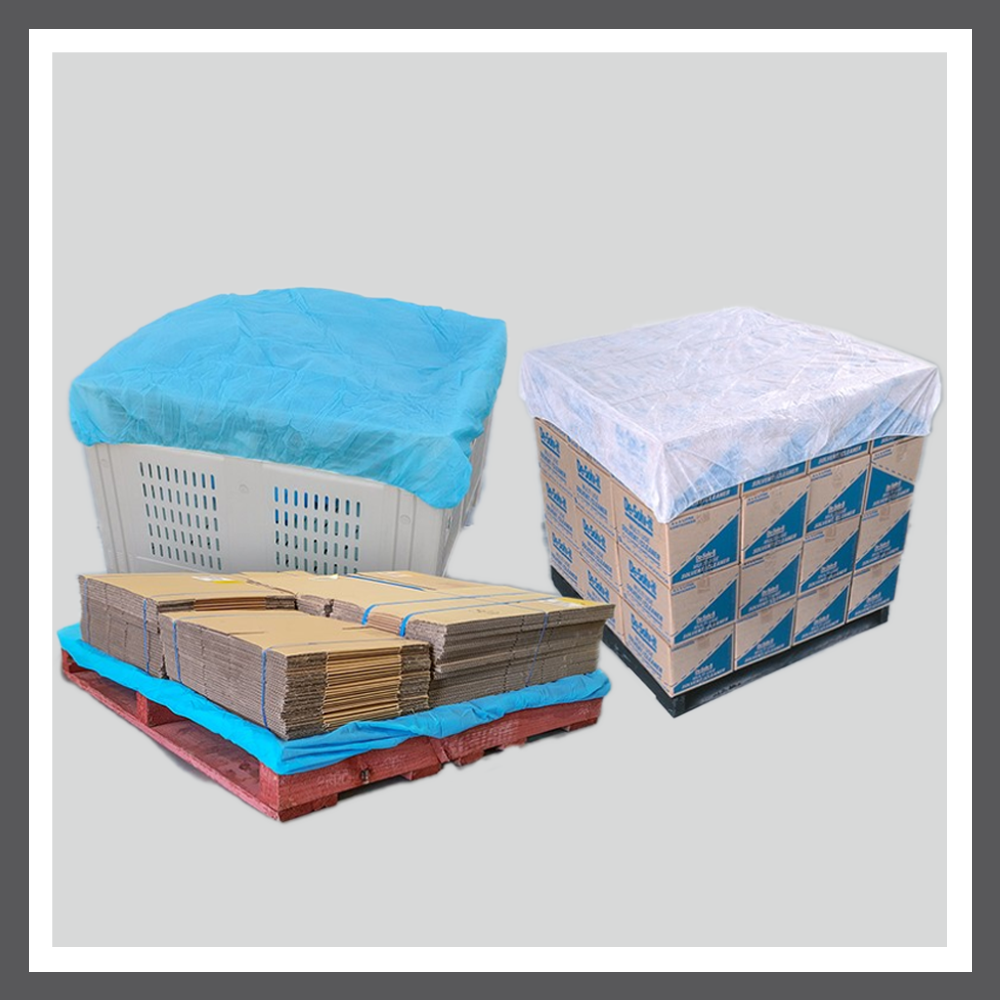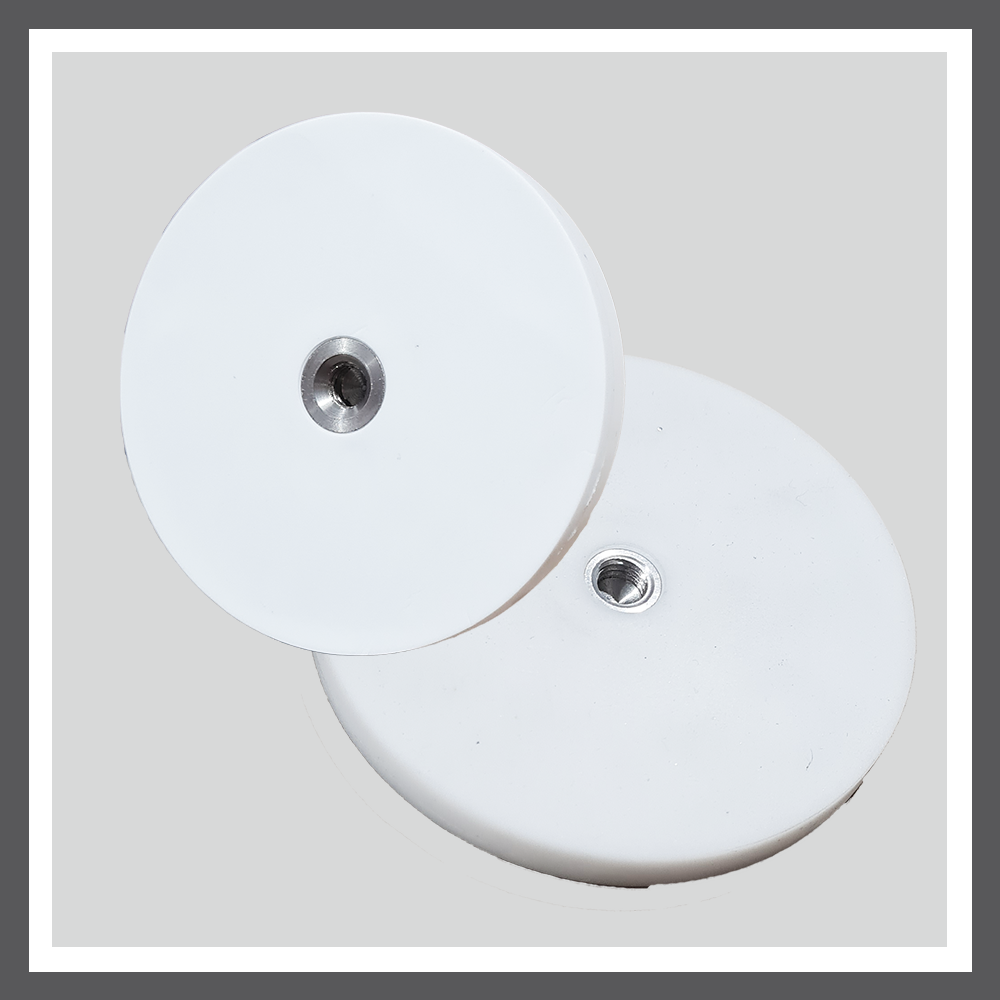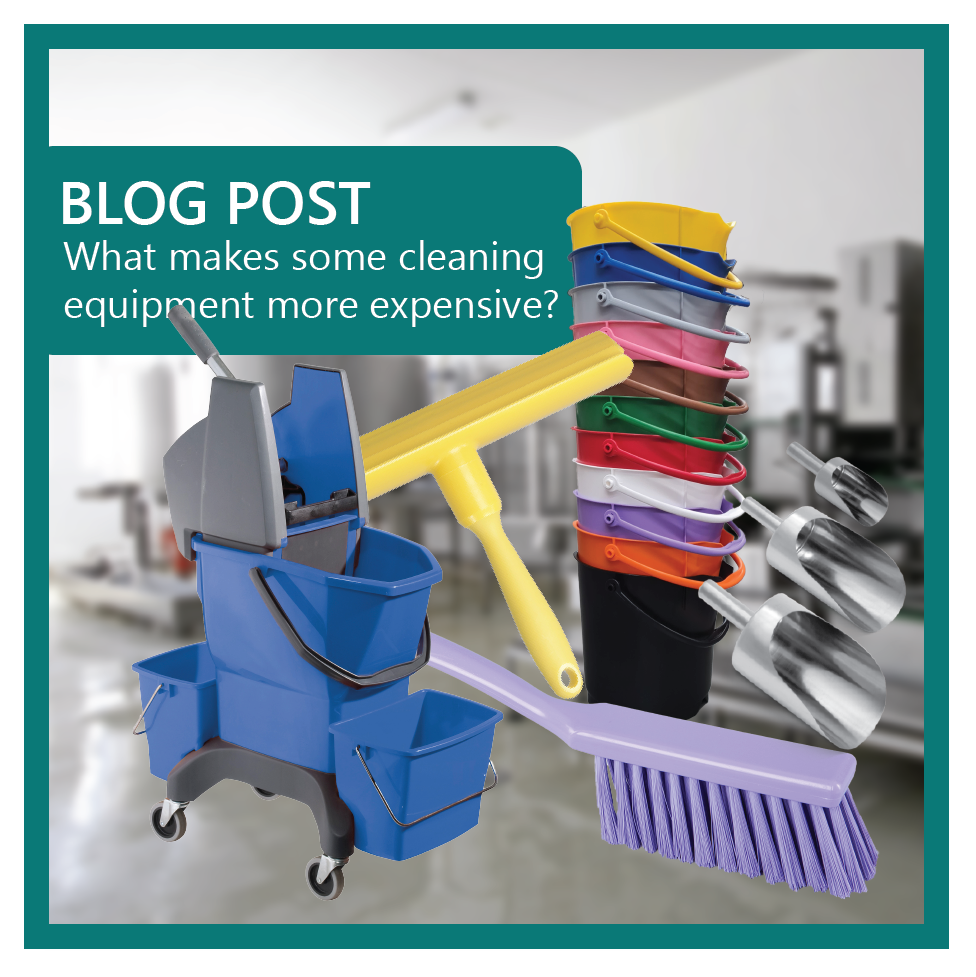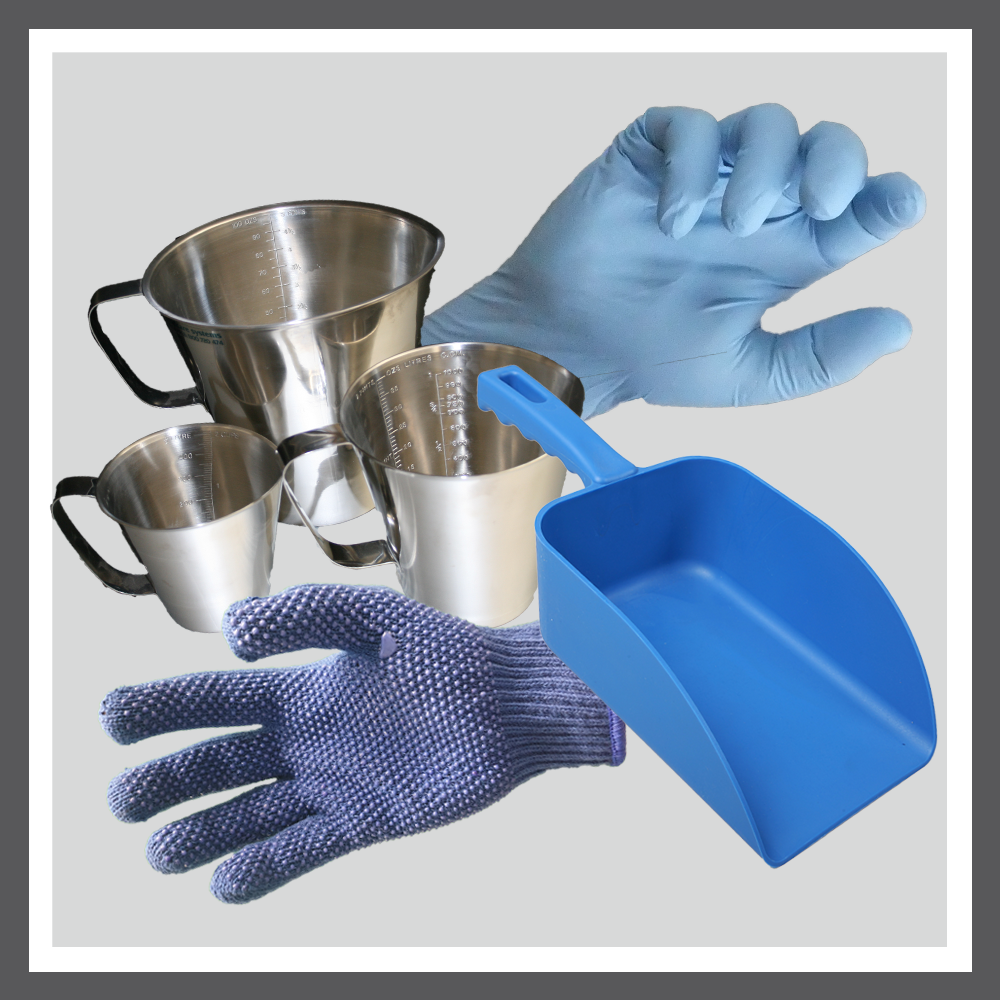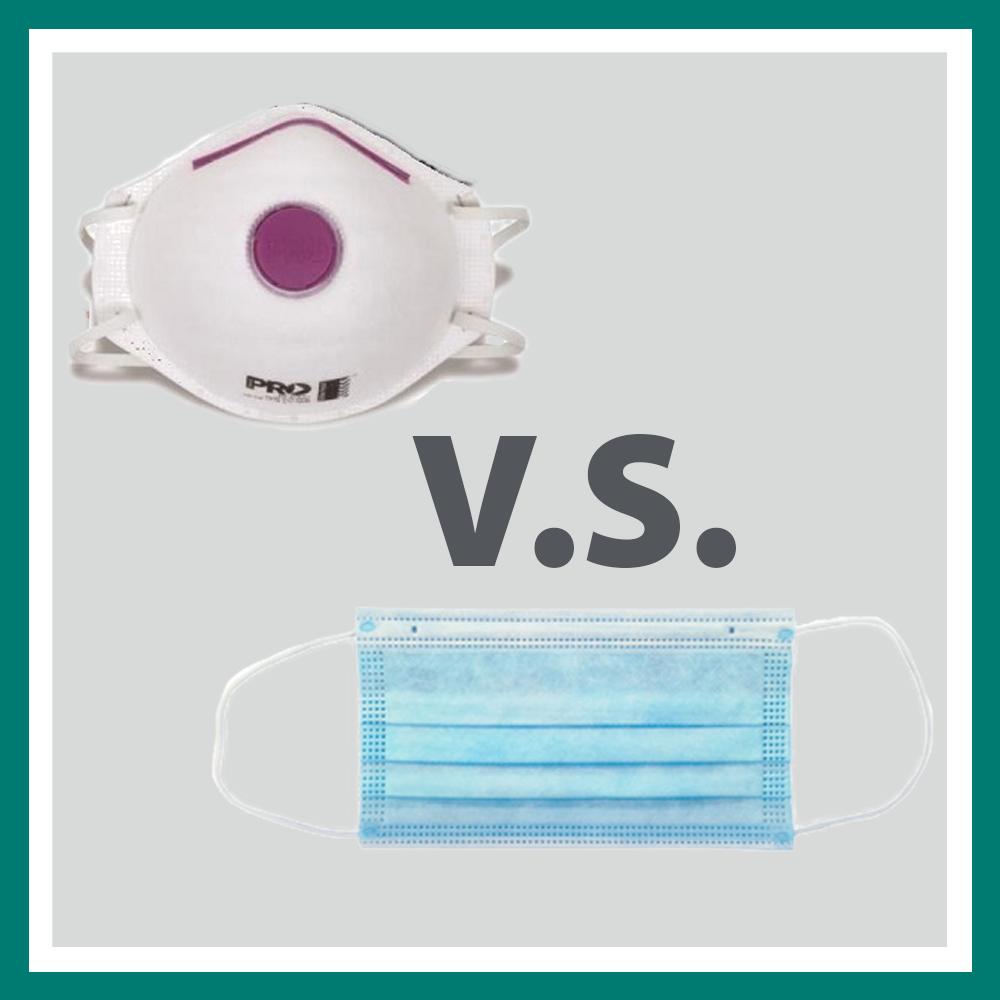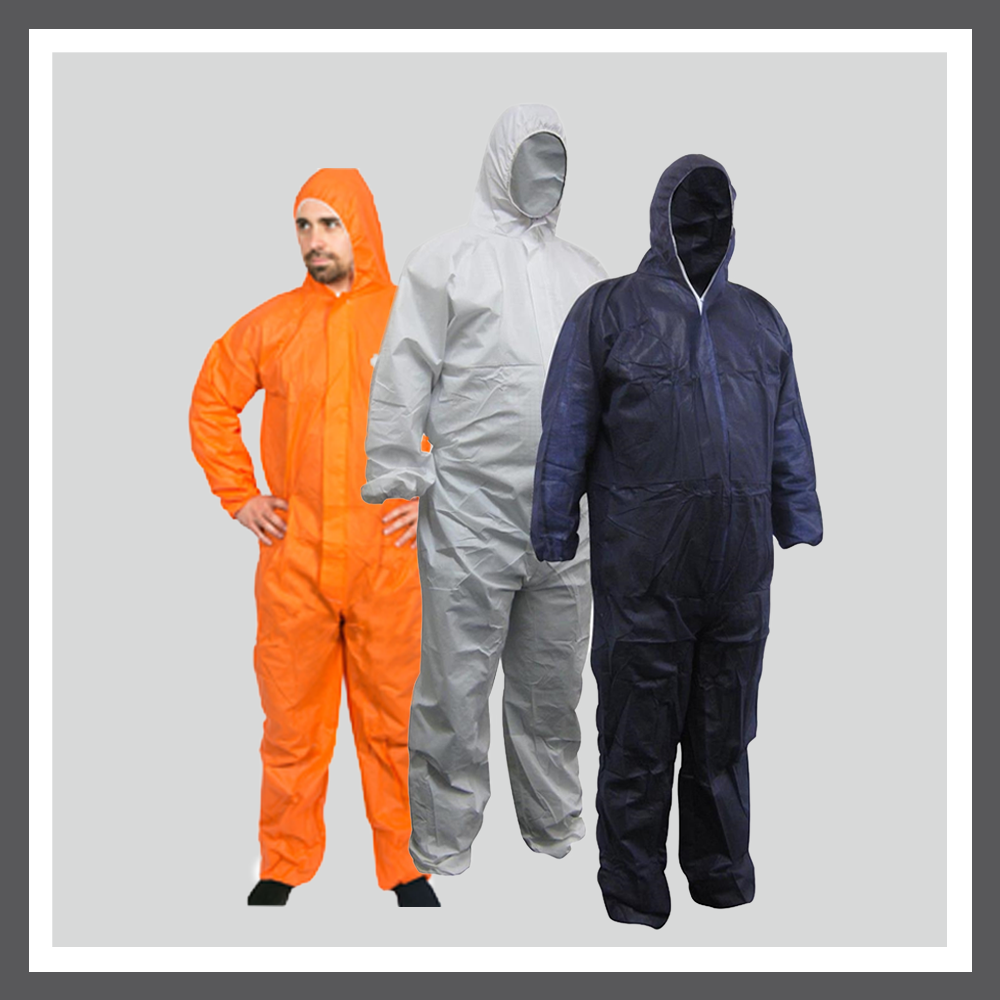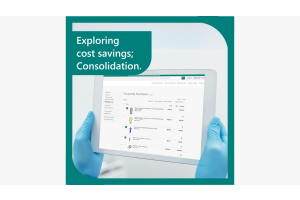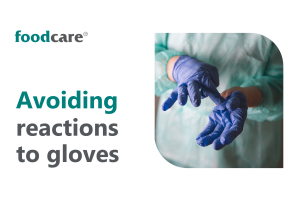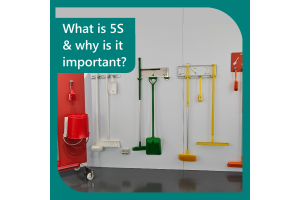Food processing products
-
Posted: June 10, 2022Read more »
What is a vinyl glove? A vinyl glove is made from Poly Vinyl Chloride (PVC). It is typically a cheaper quality thin glove which is worn in instances where regular changing of gloves is required. Usually due to environments where multiple ingredients in use, cannot mix and become contaminated.
Vinyl gloves have gradually been replaced with Nitrile gloves. Nitrile is a synthetic rubber which is stronger, thicker and food safe.
Vinyl gloves are not as popular as they were, due to their quality. The material tends to be less elastic and breaks frequently, often when first donned. In addition to this, the material is slightly porous, meaning they can absorb moisture which is a contamination risk. However, as they are only worn for a short period of time, this often isn’t too serious.
A mixed vinyl and nitrile glove is often more appropriate as the quality is enhanced. Besides the strength the glove is more flexible, this means donning the glove i
-
Posted: May 30, 2022Read more »
The food processing industry has valued silverlined gloves for many years. While Nitrile gloves have often replaced them, silverlined gloves are still preferred in many circumstances. There are a few points that make silverlined more suitable for various tasks.
Let’s start with the term silverlined. This is an Australian term, which refers to the smooth ‘grey’ glove interior. This smooth texture is designed to make donning more efficient. The exterior of the glove (typically blue in the food industry) has a raised surface texture. Some common textures are honeycomb, fish-scale, pebble, sand patch or diamond. These are all excellent forms of grip to ensure ease of use... Sand patch is typically used in wet environments, while fish scale and diamond are more suitable for a dry environment, although these are interchangeable. Silverlined gloves are often referred to as ‘washing-up gloves’ as they are used in a domestic environment. They are the ideal heavy weight disposabl
-
Posted: May 17, 2022Read more »
Long gloves or long cuffs have become a valued part of the food industry, they help to keep sleeves tucked in, extended reach, along with cleaner more protected hands. A standard long cuff glove typically reaches a further inch up the wrist. Extra-long gloves however, extend well beyond this to the elbow or further. The additional length has many beneficial purposes for the food industry. The extra reach means your team members can use them for tasks such as cleaning equipment. Allowing protection from chemical splashes, which then also protects not only direct skin contact but also uniforms and clothes.
The only alternate for a long cuff is a sleeve cover. While sleeve covers are excellent for everyday use in a food factory, specialised tasks require extra protection which is why long gloves are the best suited product. The main advantage is no gaps at the wrist, allowing complete splashproof protection for the entire arm. The nitrile chemical-resistant
-
Posted: May 02, 2022Read more »
What is a Balaclava hood?
A balaclava in the food industry is the superior way to control hair contamination. Containing hair is an ongoing concern and finding a solution that works for you and your team is critical.
A balaclava is essentially a hood that fits over the head leaving an opening for the mouth, eyes and nose. There are a few varieties of balaclavas, this includes colour, size, thickness, with and without a mask, shape and finish.
The most popular being the elastic edged finish - this means the balaclava sits closely around the face and stray hairs are neatly contained.
Another advantage is the all-in-one containment. A balaclava can often substitute for both a hairnet as well as a beard net. This helps reduce costs, even though a balaclava should be replaced between shifts like an ordinary hairnet, limiting the volume required therefore creates cost efficiencies for the business.
Another consideration is comfort; finding the right balance
-
Posted: April 19, 2022Categories: Food processing productsRead more »
Pallet covers are an innovative product, designed to keep products clean and safe by sealing the top of a pallet, the pallet itself or even a crate. They come in 2 options; breathable and waterproof. Pallet covers have varying uses, although, both are designed to keep products free from airborne contamination, dust and or moisture. In situations where food is waiting to be transported to a different location or for further processing; food protection is always, a priority.
While food is cooling down, waiting for the next process ie: packaged, it is exposed to a variety of different airborne contaminations. In this stage, while the product is still hot, trapping the products under a waterproof cover, could cause it to ‘sweat’, releasing moisture up, and dripping down in condensation. The ideal solution is the breathable pallet cover, to keep the product safe and undamaged temporarily while it cools or waits for the next process.
Breathable pallet covers feature hai
-
Posted: March 21, 2022Read more »
Necessity, as the old saying goes, is the mother of invention.
Food processors had a need, and Sanifix was created as the solution.
It is a unique system specifically designed for the food processing industry and the challenges involved in storage and dispensing.
It solves multiple auditing issues that regularly arise regarding holes in walls, and the hygiene and safety concerns this causes.
The main aim of the Sanifix system is to remove the need to penetrate into the walls of production facilities.But first, why are holes an issue?
Most food processing facilities use coolroom panel (or EPS) for walls due to its excellent insulation and ease to wash down. In a processing plant, space is valuable, and often cleaning equipment is stored on the wall out of the way. However, when attaching these to the wall, the most common method was using screws, and these caused holes in the wall. This then created further issues,
-
Posted: February 07, 2022Read more »
Let’s face it, cleanliness is a priority in the food processing industry. While some foods are classified as high risks, such as meat and dairy products; hygiene is essential in all food production areas. The best way to achieve a high standard of cleanliness is through having quality cleaning products. There are a few things that characterise quality, such as:
- the material
- the ergonomics
- the colour varieties
- the endurance
- and the effectiveness
Cleaning product that feature these attributes are l
-
Posted: October 15, 2021Read more »
While large parts of the Australian food processing market are now automated, there are still inevitably areas where contact with food is necessary. While we typically think of this in terms of gloves, there are many other materials that also come into contact with food. How and why are some products appropriate and others not?
Hygiene and quality are two of the highest priorities. So, it is critical to assess what materials come into contact with food at all times.
Some of the more familiar materials include plastic, metal, rubber, and textiles. Some materials such as glass ae now rarely found in food production areas. Glass is often considered too dangerous to be allowed into production areas, its brittleness increases the potential of it smashing and contaminating food with sharp shards. This is obviously unacceptable, and many food facilities are glass free.
Textiles, such as cotton gloves, hair nets and wipes, are generally suitable and food
-
Posted: October 01, 2021Read more »
In these unprecedented times masks have become very familiar to us, but what is the difference between a mask and a respirator in their application in food manufacturing?
In our industry, masks are generally worn to protect food from the wearers respiratory emissions and a respirator is generally worn to reduce the wearers exposure to harmful particles that may be present in the air.
In many environments within the food processing industry, air quality is affected by the tasks performed, for instance, anything involving fine powders, chemicals, or dust. Our lungs are able to withstand a small amount of exposure and naturally filter out harmful particles, however being repeatedly or regularly exposed can create a build-up with potential long-term damage. Confined spaces also pose a risk as fumes and or powders are unable to disperse. So, protecting our respiratory system is important, and ensuring we aren’t spreading germs is also critical, particularly while working with f
-
Posted: September 17, 2021Read more »
Coveralls are considered an essential piece of protective wear in most food production areas. As their name suggests, a coverall is a single garment that covers the entire body, trousers, top and hood. The purpose of a coverall is to protect the worker’s body and clothes from messy or hazardous labor-intensive jobs.
Some coverall features that many customers find important include elastic cuffs, hoods, sealable zip cover, water resistant and breathable material, colour variance and a range of sizes.
- Both disposable and reusable coveralls are used throughout the industry. While they share many features, the disposable options are often preferred as they can be replaced easily, and not likely to harbor bacteria.
- Hoods and elastic cuffs both serve a similar purpose, protecting the worker by preventing irritating materials making contact with skin.
- Water resistance or protection levels are usually described by European Standards called ‘

